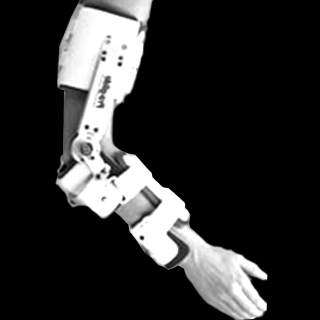Thanks to technology, people who have lost their limbs can live a normal life with the help of robots and orthosis. The real people behind these technologies are engineers who create this noble innovations made to help the less fortunate human-beings. And the people who assist engineers to into understanding the physiological information about human body are scientists and researchers.

Orthosis is a device that is used externally as an assistive tool used by people who are unable to make proper use of their limbs.
“The data collected through this project will assist designers and engineers in developing more sophisticated assistive aids for individuals suffering from various neuromuscular diseases and musculoskeletal injuries,†explains Edward Brown, assistant professor of electrical engineering at RIT and director of the Biomechatronics Learning Laboratory.
“Better orthotic technologies could ultimately help people suffering from this disease greatly enhance the quality of their life,†he added.
Currently the researchers at Biomechatronic Learning Laboratory are in the study stage where they are studying healthy individuals for developing a baseline. The robotic system then developed by them will be tested and the results will be used in developing other orthotics technologies and rehabilitation robotics for better prosthetic limbs.
People suffering from muscular dystrophy and similar disorders are unable to make complete use of their muscles since the muscles weaken with time. Such people have to face obstacles in living a day-to-day life like picking up a cup or holding a spoon. The robotic orthosis uses the patient’s left over strength and remaining physiological information from the limbs. Certain electromyographic signals are produced in human muscles that are used up by orthosis to assist muscular dystrophy patients by helping them make a proper use of their limbs.

